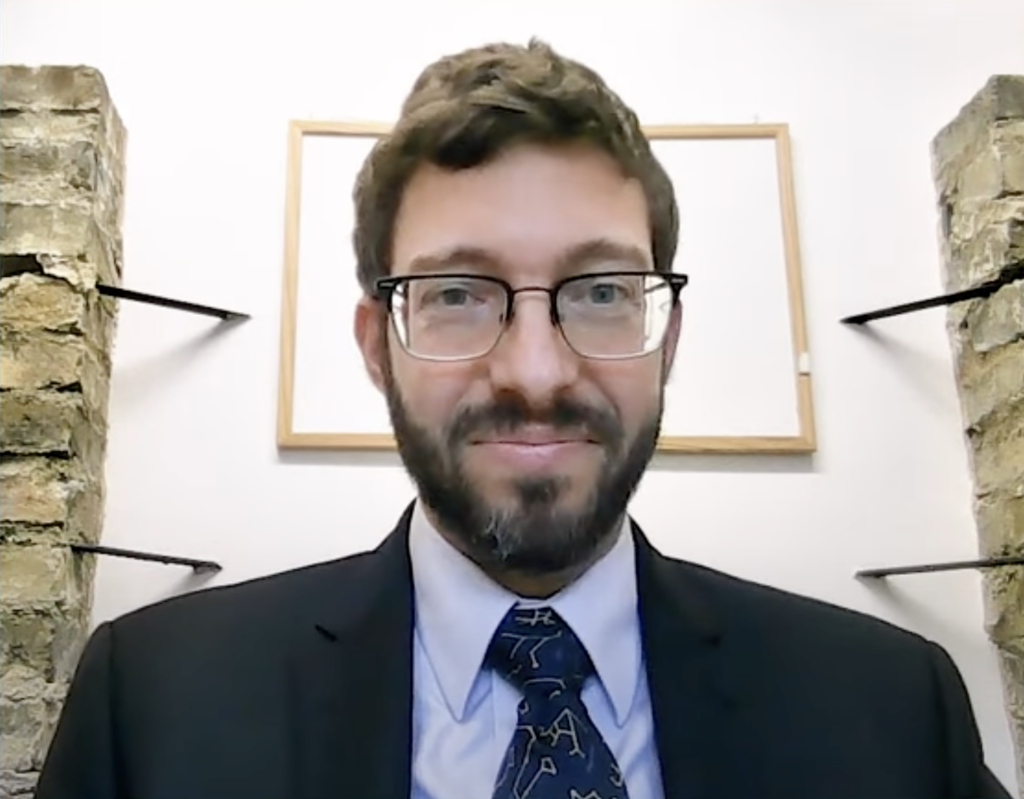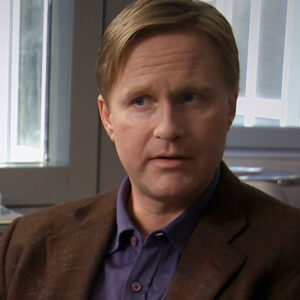video
Topic Series
Jeff Tollaksen
- Robert Lawrence Kuhn
- Jeff, we’re here at this FQXi conference in Banff. We’re at the Banff Art Museum, beautiful surroundings, and the concept is the physics of the observer. This has been around for 100 years since the beginning of quantum mechanics. Why are we continuing to talk about the observer as it affects our understanding of quantum physics?
- Jeff Tollaksen
- Well, I would say that we’re still at the beginning of the story and the first thing that should be looked at is, up until very recently, what you meant by an observer was sort of one kind of way of observing, one broad category, and the way I like to refer to that is observing with a sledgehammer. Maybe you know the old quote, if your only tool is a hammer, then everything you see is a nail, right? So one of the things that my group has been very active doing is to design completely new ways of observing, and so, for example, instead of using a sledgehammer, which is a very good way of observing because it gives you high precision information about what you’re trying to look at, if you don’t use a sledgehammer but do a very gentle measurement, you know, like tickling it with a feather or something, then it turns out the aspects of the quantum system that come out of the woodwork are spectacularly different and even spectacularly more rich, and so we keep discovering new ways of making observations and we keep discovering completely new aspects of the quantum world. So this suggests to me, and they’re dramatic things, they’re not like little teeny tiny incremental progress, but–
- Robert Lawrence Kuhn
- So the point is, the amount of intervention that the observer has, whether in terms of the measurement – if it’s intense it disturbs the system to where it’s very different, if it’s very mild – are you – even in your tickling, in your mild interventions, are you still intervening? You’d have to do to get some kind of a response.
- Jeff Tollaksen
- Yes, it’s true. Though you can, I mean, there’s always some, and, you know, there’s room in between. There’s a spectrum of different strengths that you can use, but as a limiting process, as you get weaker and weaker and weaker, it turns out you can still obtain information.
- Robert Lawrence Kuhn
- What are some of the new ideas relative to the concept of observer that has come out of experiments that have a very minimal intervention in terms of the observation?
- Jeff Tollaksen
- So, one of them is that, you know, there used to be, there’s a lot of the founders of the whole business of quantum mechanics, and they had this problem that when they used a sledgehammer to make observations, and they claimed that this is the only tool you could use, it turns out it disturbs or even destroys the thing that you’re looking at. With these gentle measurements, it turns out you can obtain information without disturbing it, so in some sense, you can get closer to this kind of ontological discussion about what’s really there when you’re not looking, in a sense. And it turns out the reality that we see, that we interpret when we look in that way, is, well, it starts to solve all kinds of old paradoxes. It – it shows us completely new aspects of reality that people thought were impossible before, which are very exciting.
- Robert Lawrence Kuhn
- Like what?
- Jeff Tollaksen
- For example, you know, everything we observe in this world is like a real number, right? A real number. I, you know, my arm is so many feet long. We have these things in mathematics called imaginary numbers, right? The square root of minus 1. But that’s just mathematics, right? It has nothing to do with reality, right? Not true. So we showed that you can actually measure an imaginary number. It keeps going. For example, I called these phenomena quantum miracles. A fun one that I first published in my PhD thesis is something called the quantum Cheshire cat. So Cheshire cat comes from Alice in Wonderland and the story was that, you know, Alice is talking to a cat and the cat’s kind of blinking out of existence and she says, hey, you know, I’m not used to talking to cats who blink in and out of existence. Can you just do one or the other? And so the cat’s body disappears and leaves a smile. So it turns out the, the impact of the future on the present can literally do this impossible thing of separating a particle from its properties, for example, and many more things like that.






